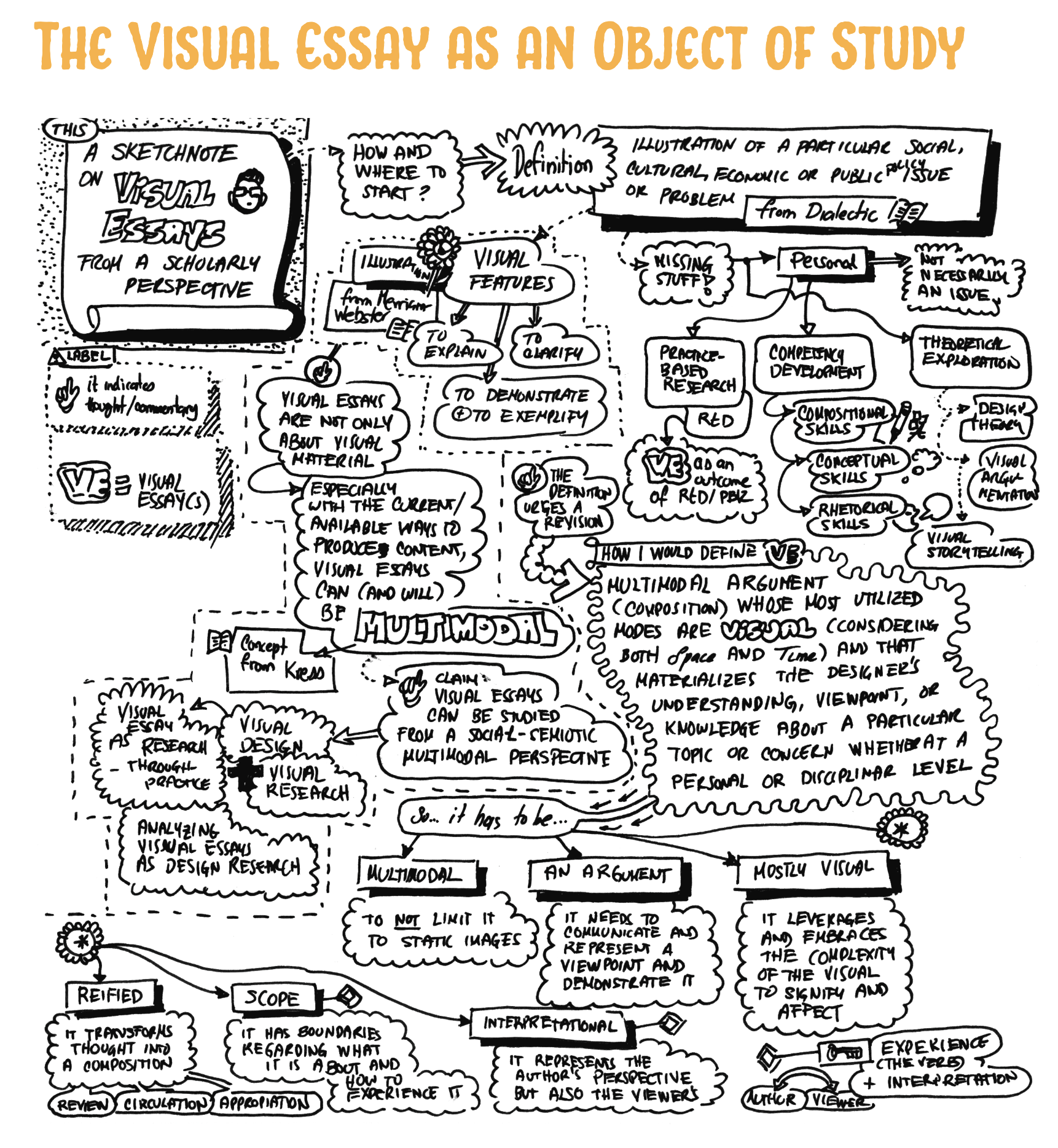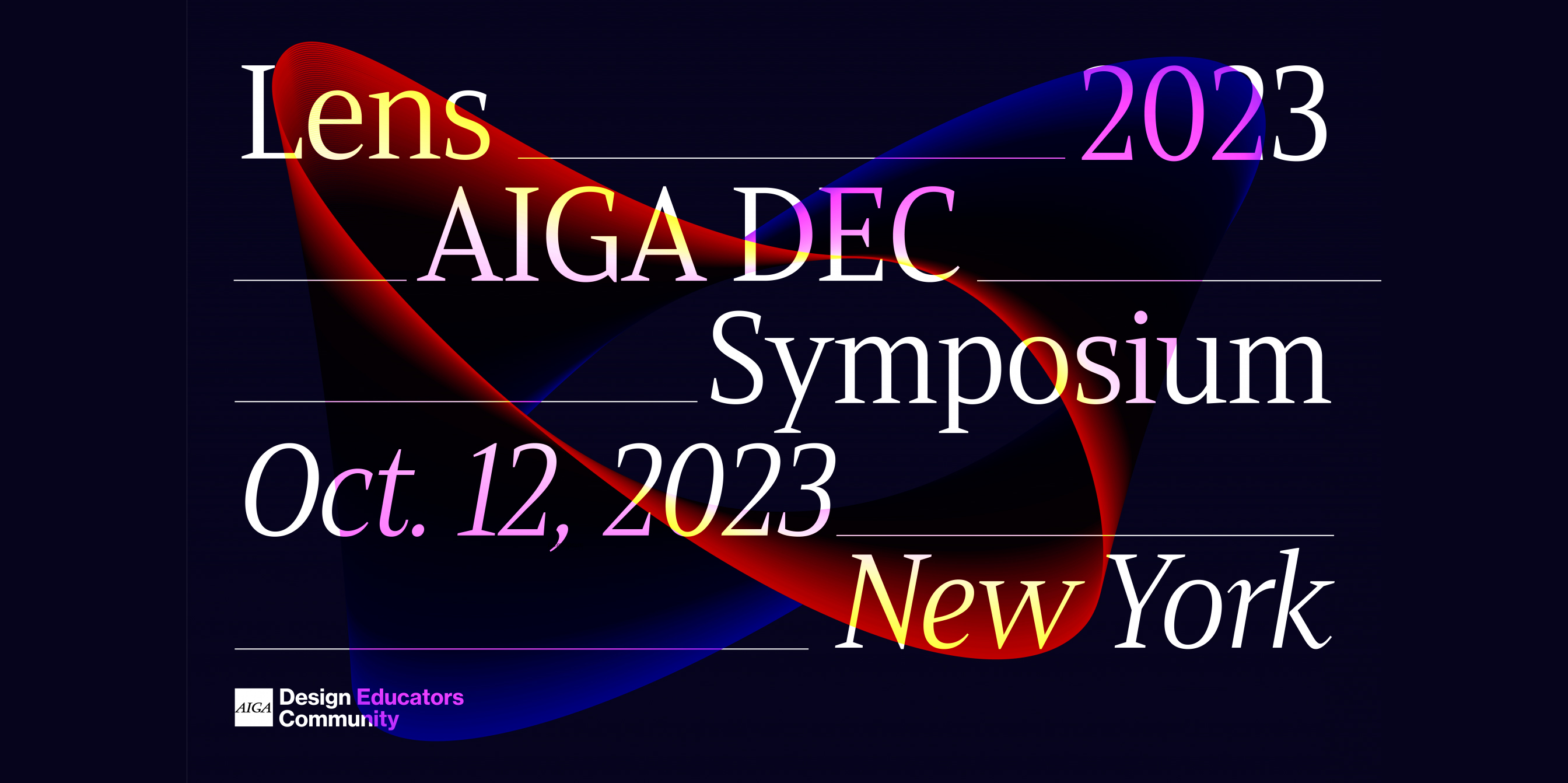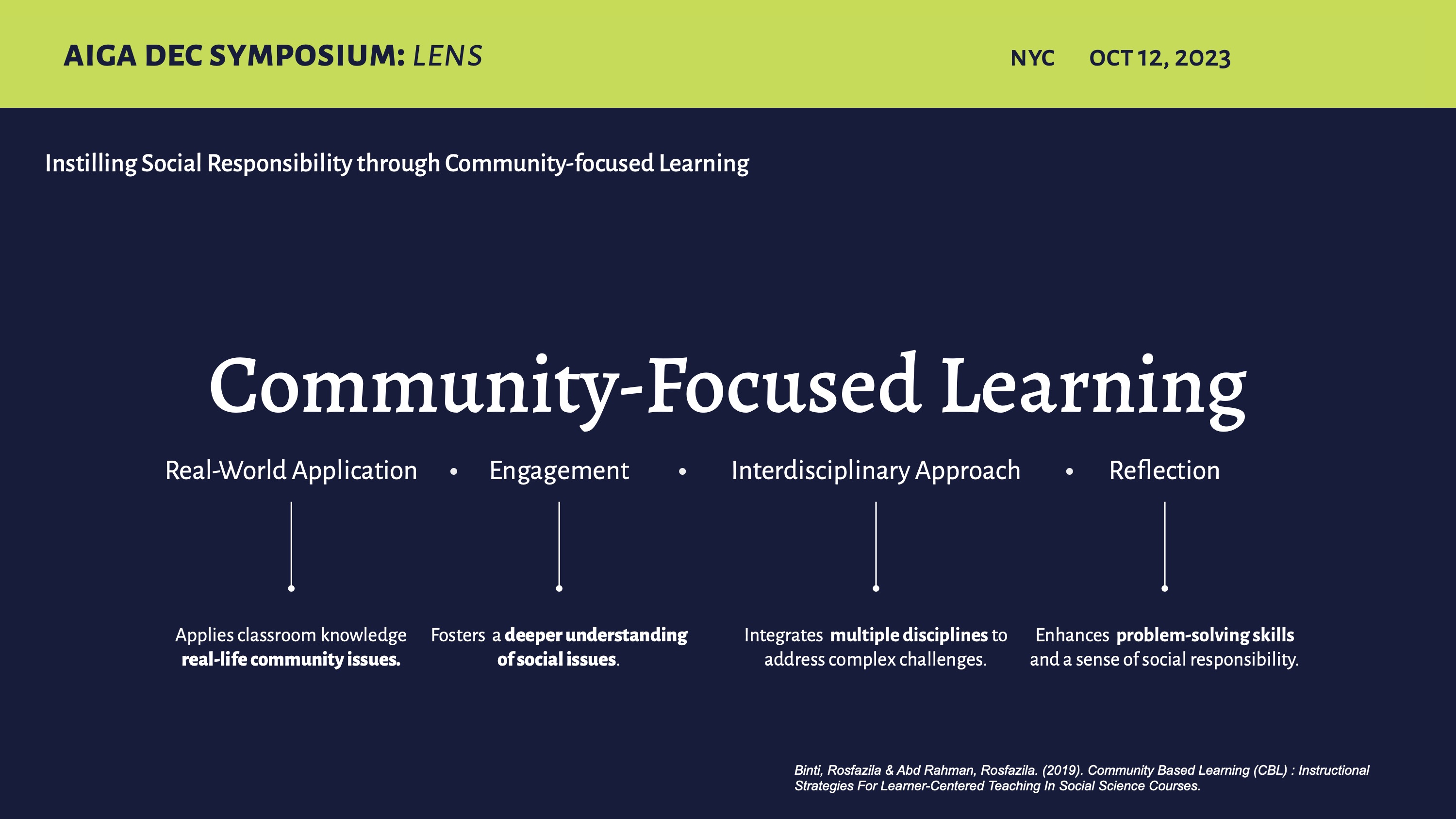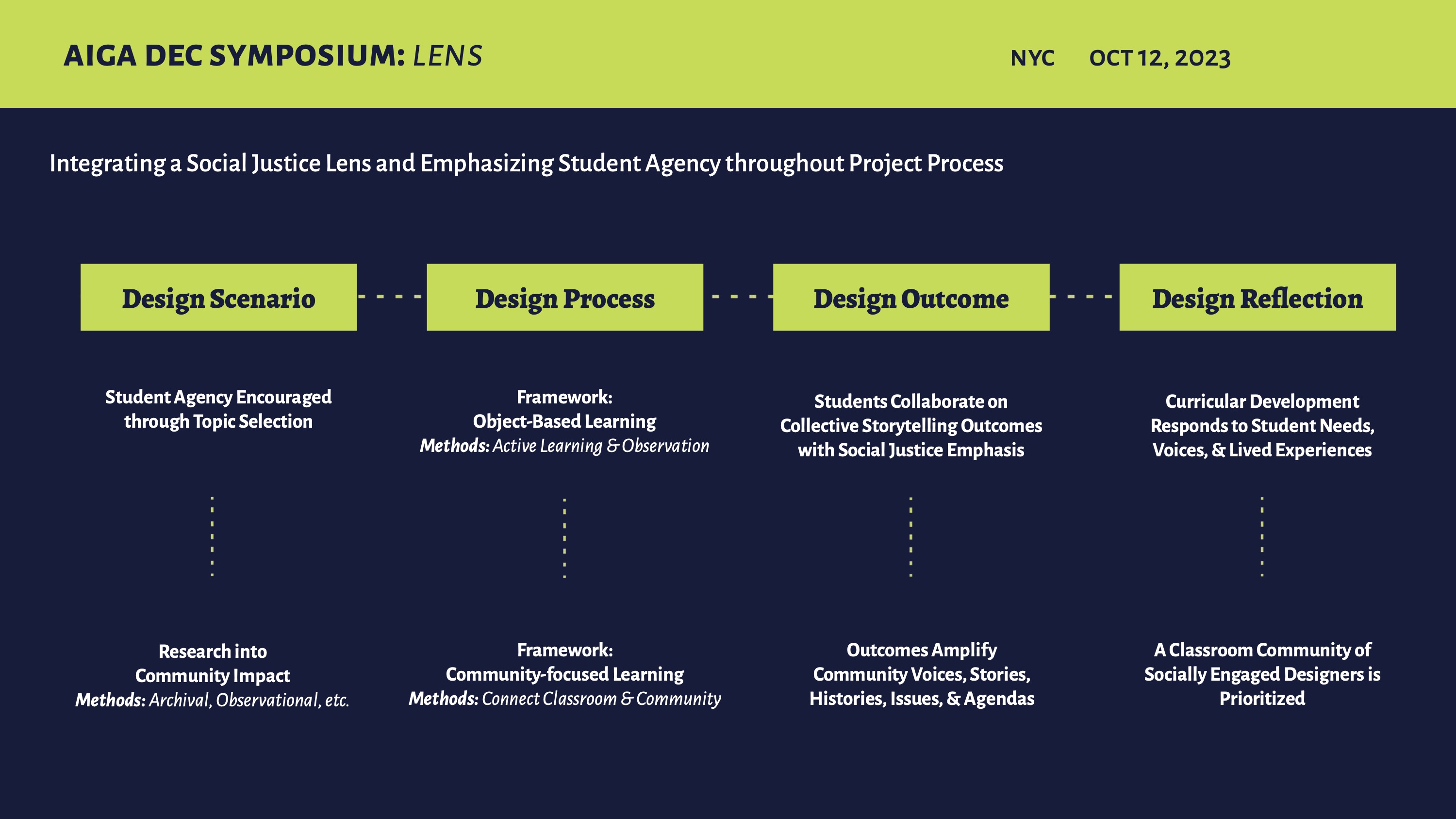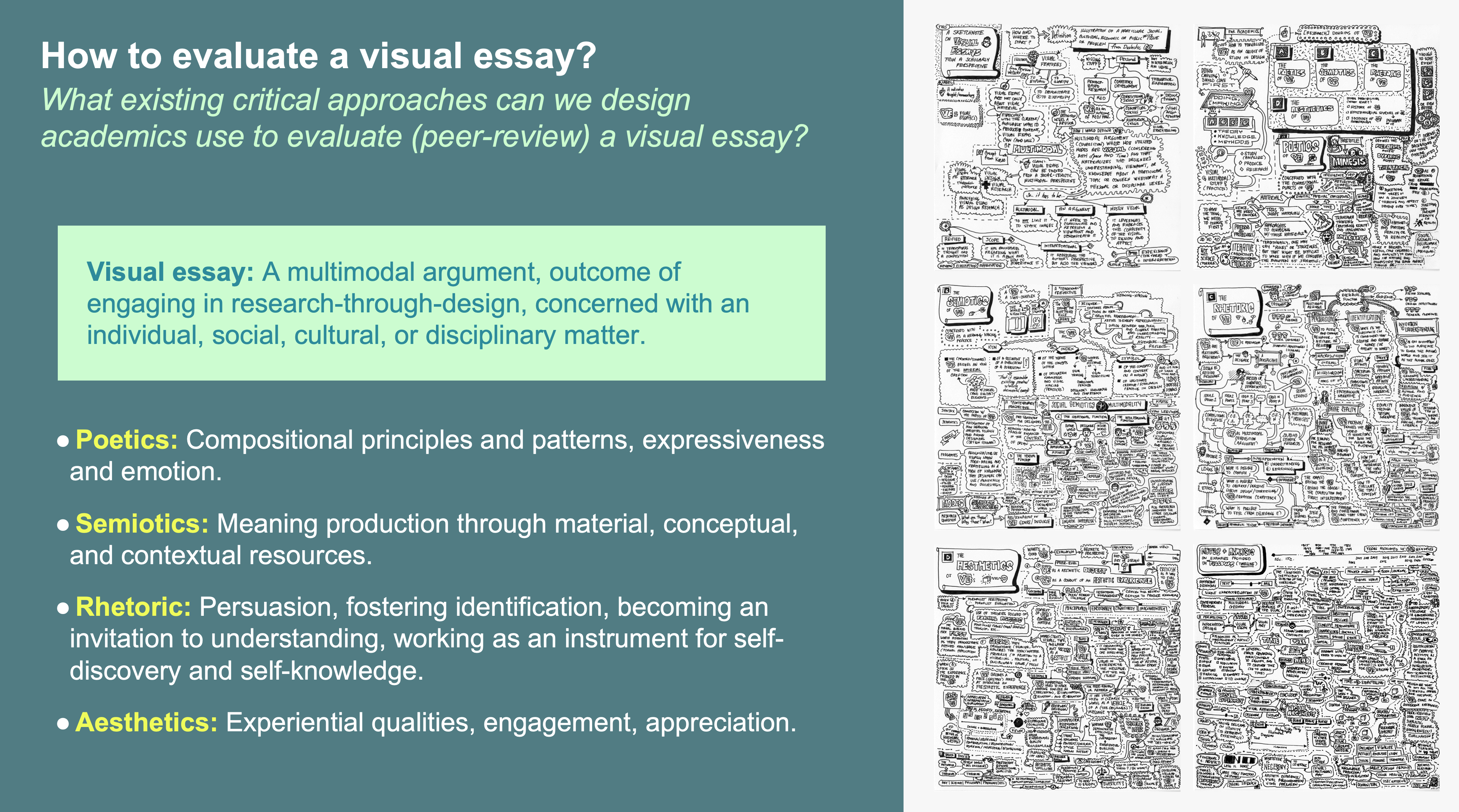Prof. Pino Trogu presented the paper "Kinematic Modeling of a Flat-foldable Auxetic Metamaterial" at the 6th IEEE/IFToMM International Conference on Reconfigurable Mechanisms and Robots (ReMAR Chicago, June 23–26, 2024). The paper introduces a novel, transformable, flat-foldable shape designed in 1996 by the Italian topology researcher Giorgio Scarpa, who was also Trogu's high school teacher and mentor. Trogu and his co-authors Feng, Shi, and Dai expanded on the original shape to create a rigidly flat-foldable "auxetic metamaterial".
Metamaterials are advanced materials with unusual properties derived from their geometry rather than chemistry. Auxetics materials have the property of becoming thicker when stretched. Rigid foldability is the ability of a structure to fold about crease lines without twisting or stretching component panels. The authors noted in the paper's conclusion that "The basic unit model can be tessellated to form large-scale metamaterials with high load-bearing capacity and ease of storage and transportation, which has great potential applications in lightweight shelters, sustainable furniture and building substrates."
In AY 2024–2025, Prof. Trogu will continue collaborating with his co-authors: Prof. Huijuan Feng, graduate students Wujie Shi, and Prof. Jian S. Dai, thanks to a sabbatical during which he will be visiting scholar at the Shenzhen Key Laboratory of Intelligent Robotics and Flexible Manufacturing Systems, Southern University of Science and Technology (SUSTech), Shenzhen, China. Founded in 2010, SUSTech ranked among the Top Ten universities in mainland China in the Times Higher Education 2022 survey.

